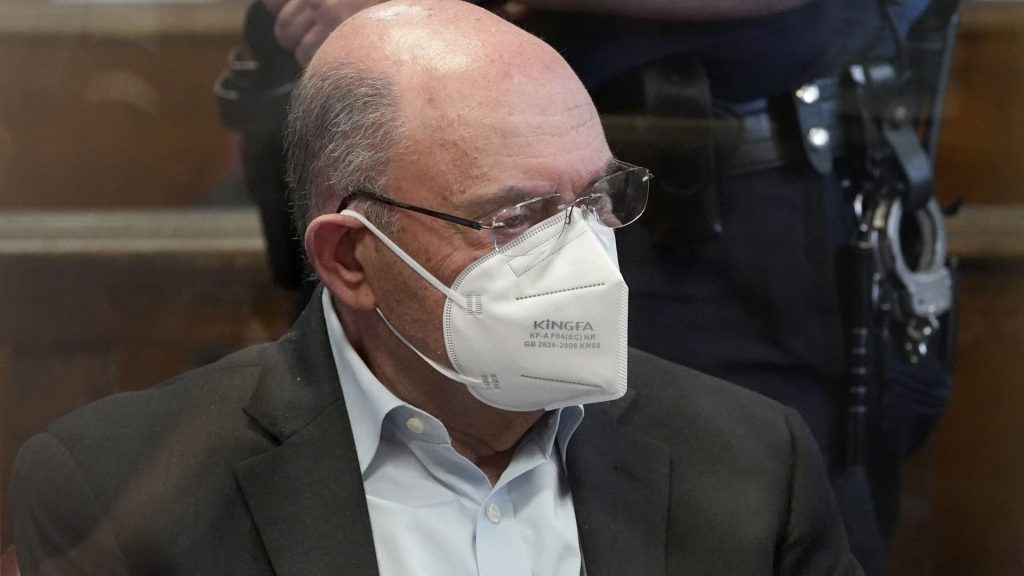Home sales dropped in September to the lowest level since the foreclosure crisis as surging interest rates and climbing home prices made buying a home unattainable for a growing share of would-be buyers.
Historically low inventory of homes for sale continued to push prices up and rates that crossed over 7% in August have pulled sales down to their lowest level in 13 years, according to a monthly report from the National Association of Realtors.
The median price for existing homes — which include single-family homes, townhomes, condominiums and co-ops — was $394,300 last month. That was up 2.8% from a year ago and marked the third consecutive month of year-over-year price increases, setting a record high price for homes in September. Prices rose in all four regions of the country, the Northeast, Midwest, South and the West, the NAR report found.
“For the third straight month, home prices are up from a year ago, confirming the pressing need for more housing supply,” Lawrence Yun, NAR chief economist said.
Low inventory and high prices contributed to sales of existing homes dropping 2% from August to September to a seasonally adjusted annual rate of 3.96 million units, just above analysts’ expectations.
Annually, September sales were down 15.4% from a year ago when the sales pace was 4.68 million units.
“As has been the case throughout this year, limited inventory and low housing affordability continue to hamper home sales,” said Yun. “The Federal Reserve simply cannot keep raising interest rates in light of softening inflation and weakening job gains.”
With the Fed indicating its benchmark rate will stay “higher for longer,” and mortgage rates staying higher as well, analysts expect more monthly drops in home sales through the rest of the year.
“We thought at the beginning of the year that sales would be down 10% or 15% for the year,” said Yun. “It will be more like a 20% from last year.”
While affordability remains a challenge for many buyers, the difficulty of finding a home to buy is also having an impact on sales.
More than 90% of homeowners with a mortgage have rates at 6% or lower, according to ICE Mortgage Technology, which recently acquired mortgage data provider Black Knight. That is keeping homeowners from selling and being faced with borrowing at today’s rates averaging over 7%.
Homeowners are staying in place and pushing inventory to historically low levels of about half of what was typical before the pandemic.
At the end of September there were 1.13 million units available for sale. That was up 2.7% from August but down 8.1% from one year ago. At the current sales pace, the market has a 3.4-month supply of inventory. A more balanced market would have a 5 or 6 month supply of homes.
Because there are so few homes for sale, Yun said, many listings on the market are seeing bidding wars, with 26% of homes selling for over the asking price.
Home sales actually increased in one region: the Northeast. That region also posted the strongest price gain as a result of higher demand and inventory that fell by 20%, Yun said.
“The West experienced softer price growth reflecting a pause after years of unsustainable and rapid price increases, especially in the Rocky Mountain region,” Yun added.
As the high cost to buy a home remains a barrier for many people, analysts are wondering if this a temporary situation or, perhaps, a new era for homeownership.
Not only are high costs excluding people from the opportunity to build equity and wealth through homeownership, the composition of who remains in the market is changing.
In September just 27% of those buying homes were first time buyers, according to NAR, matching cyclical lows and down from last month and a year ago. A more historically typical share of first time buyers would be in the high 30% to low 40% range.
At the same time the share of all-cash buyers is now higher than first time buyers, which has historically not been the case. In September 29% of purchases were all cash, up from 27% in August and 22% in September 2022. A more typical share of all-cash purchases, historically, would be around 20%.
“It is unusual to have a larger share of cash buyers compared to first time buyers,” said Yun.
Part of this, of course, is because buyers with the means are working to avoid high mortgage rates by purchasing in cash. But there may be more to it, that will only be seen as this market unfolds, Yun said.
“Broadly speaking, I wonder what this means for the American way of life, given home sales are so low,” said Yun.
What was once an assumed trajectory that as young adults people could buy a home, trade up and trade up again, may be eroding.
“With the first time buyers not being there, we are wondering how their lives will play out differently,” said Yun.
Read the full article here







